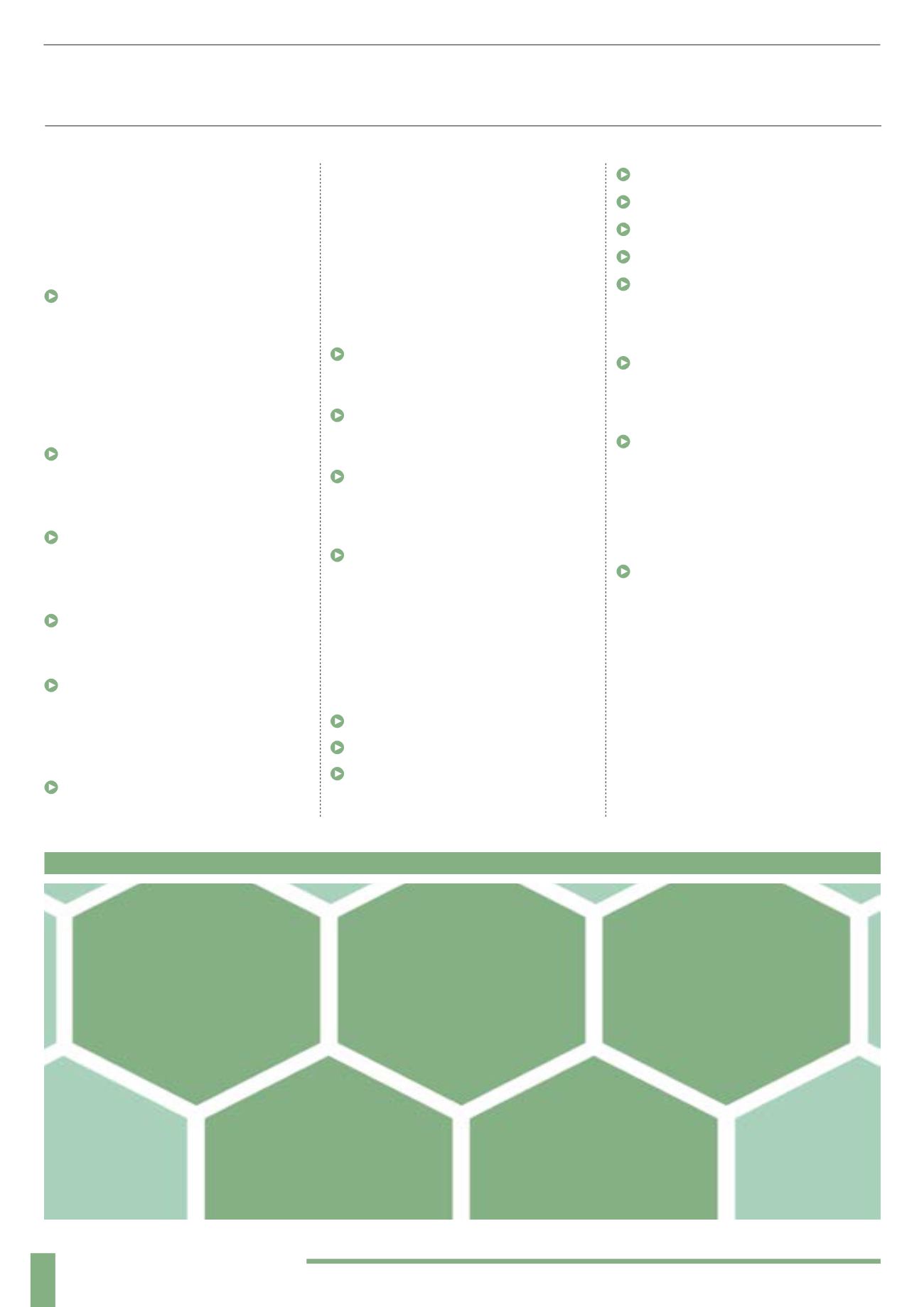
12
QUALIFYING COMPANIES
QUALIFICATION CRITERIA
The full list of rules can be found on
the HMRC website, but the qualification
criteria are quite simple and actually cover
a very broad range of companies from
start-ups to well-established firms:
Must be unquoted, i.e. not listed on the
London Stock Exchange. It can be listed on
the AIM or PLUS markets, but not the
PLUS-listed market. It can subsequently
become a quoted company and retain its
EIS status, but only if there were no
arrangements in place for it to become
quoted when the shares were issued
Must not control or be controlled by
another company that is not EIS qualifying.
It can have subsidiaries, but they must all be
qualifying subsidiaries
The gross assets of the company must
not exceed £15m immediately before any
share issue and £16m immediately after
that issue
Must have fewer than 250 full-time
employees (the definition of a full-time
employee is a standard 35 hour week)
Can raise up to £5m on a rolling
12 month basis via the EIS (up from £2m
previously), but this limit also includes any
funds raised via VCTs or any other
government backed source of funds
Funds raised must be deployed within
two years of the later of either a) the issue
of the shares or b) commencement of the
qualifying trade (this does not necessarily
mean spending the money – earmarking it
for a particular project is acceptable)
EXCLUDED ACTIVITIES
A number of activities are excluded and
have been listed below. For a full list you
should again consult the HMRC website.
Dealing in land, in commodities or
futures in shares, securities or other
financial instruments
Dealing in goods, other than in an
ordinary trade of retail or wholesale
distribution
Financial activities such as banking,
insurance, money-lending, debt-factoring,
hire-purchase financing or any other
financial activities
Leasing or letting assets on hire, except
in the case of certain ship-chartering
activities, receiving royalties or licence fees
though if these arise from the exploitation
of an intangible asset which the company
itself has created, that is not an excluded
activity (this is an important consideration
for firms in the creative arts or software
development)
Providing legal or accountancy services
Property development
Holding, managing or occupying
woodlands, any other forestry activities or
timber production
Farming or market gardening
Shipbuilding
Coal production
Steel production
Operating or managing hotels or
comparable establishments, or managing
property used as an hotel or comparable
establishment
Operating or managing nursing homes or
residential care homes, or managing
property used as a nursing home or
residential care home
Generating or exporting electricity which
will attract a Feed-In Tariff, unless generated
by hydro power or anaerobic digestion, or
unless carried on by a community interest
company, a co-operative society, a
community benefit society or a Northern
Irish industrial and provident society
Providing services to another person
where that person’s trade consists, to a
substantial extent, of excluded activities
and the person controlling that trade also
controls the company providing the services
There is some flexibility; a company can
carry on some excluded activities, but
these must not be a ‘substantial’ part of
the company’s trade. HM Revenue and
Customs take ‘substantial’ to mean more
than 20% of the company’s activities.
EIS QUALIFYING CRITERIA
Assets of £16m
post investment
Max investment of
£5m per company each
year from EIS or VCT
Max 250
employees
HMRC advance
assurance
Must be UK resident
or have permanent
establishment in UK


